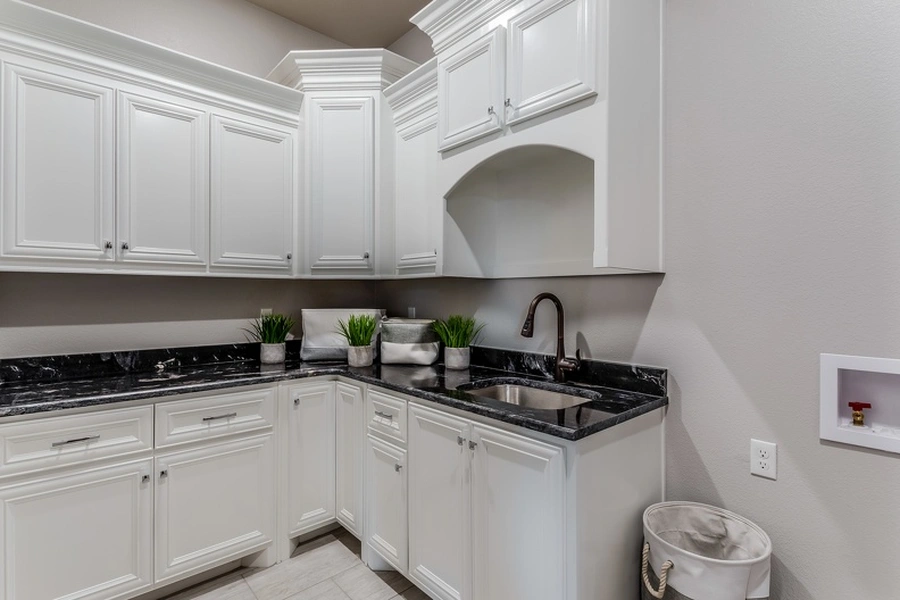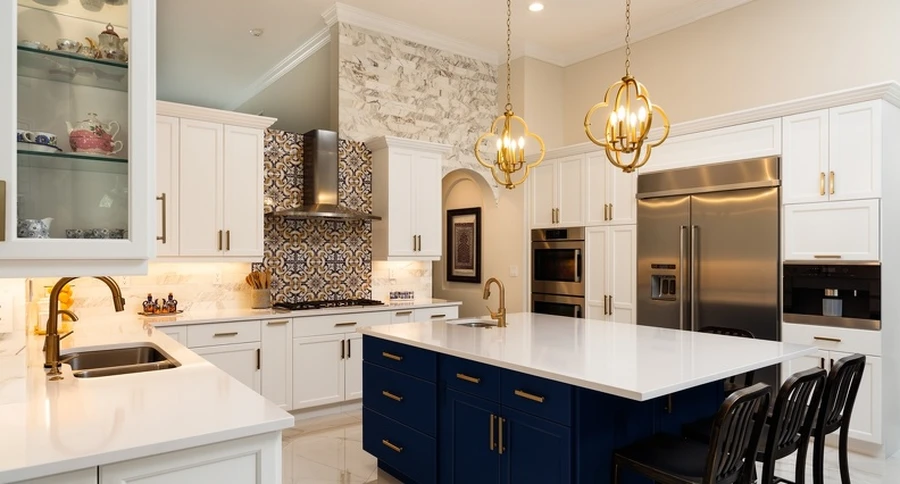Steps to Achieve a Smooth Finish on Uneven Walls
Achieving a smooth and even finish when plastering can be challenging, especially on uneven surfaces. Knowing the right techniques and using proper tools is crucial for success. This guide will provide you with practical plastering tips to help you tackle uneven surfaces effectively. Whether you’re working on home improvement projects or need professional advice, these insights will make your work easier and more efficient.

Why Uneven Surfaces Are Problematic
Uneven walls can cause various issues during plastering. They make it difficult to achieve a smooth finish and may lead to increased material usage. Additionally, if not addressed properly, the final result can look unprofessional. Understanding these challenges is the first step in overcoming them.
Tools Needed for Plastering
Having the right tools is essential for successful plastering. Key tools include a trowel, hawk, and mixer. These tools help ensure a smooth application of plaster over any surface. Investing in quality equipment can save time and improve results. For those involved in kitchen remodeling services, having these tools handy is particularly beneficial.

Preparing Your Surface
Proper preparation is vital before applying plaster. Start by cleaning the wall to remove dust and debris. Next, use a straightedge to identify high and low spots. Applying a bonding agent can also enhance adhesion. This step is crucial for achieving an even surface in any project, including kitchen remodeling services.
Applying the First Coat
The first coat of plaster acts as a base layer. Spread it evenly across the surface using a trowel. Aim for an even thickness that covers all imperfections. Allow this layer to dry partially before proceeding to the next step. This approach ensures better adhesion and smoother subsequent layers.
Second Layer Techniques
Once the base layer has settled, apply a second layer of plaster. Use long, sweeping strokes with your trowel to create an even surface. Pay attention to any remaining uneven areas and fill them adequately. This step is crucial for achieving a polished appearance.
Smoothing and Finishing Touches
After applying the second layer, smoothing out any ridges or bumps is necessary. Use sandpaper or a sponge float to create a seamless finish. This process should be done gently to avoid removing too much plaster. A well-finished surface enhances the overall aesthetic appeal.
Advantages of Proper Plastering Techniques
Using effective plastering techniques offers several benefits:
- Aesthetically pleasing finishes
- Improved wall durability
- Reduced material wastage
- Time efficiency in completion
Troubleshooting Common Issues
If bubbles or cracks appear after drying, they may indicate poor initial preparation or mixing errors. Address such problems by reapplying plaster where needed or improving your mix consistency. Regular practice can also enhance skill levels over time.
Your Go-To Solution for Plastering Needs
If you’re looking for expert advice on plastering or need assistance in Silver Spring, MD, I am here to help. Contact me at (240) 426-4852 for reliable service from JR General Construction INC. Whether it’s fixing uneven surfaces or enhancing your space’s aesthetics, my expertise guarantees satisfaction.